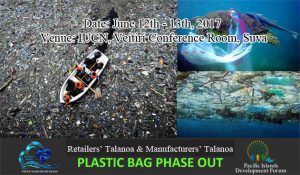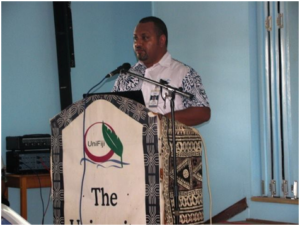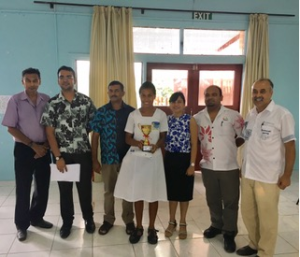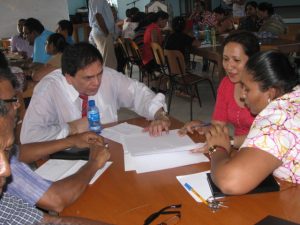Plastic Bags Phase Out Initiative
Pacific Leaders declared 2017 as the Pacific Year for the Ocean. The ocean represents the largest ecosystem and life support system on our planet. Our Pacific Ocean plays a vital role in our lives and economy. Its health is paramount for our survival and prosperity.
One of the major threats to our oceans’ health is the proliferation of plastic waste.
This by-product of urbanization and commercialization is detrimental to the health of the oceans and all life that it supports. Information available today reveals that the opulence of oceans are severely undermined from plastic waste, and although we understand that this is a global issue, we also believe that we need to play our part and work towards ensuring that plastic waste sourced by our cities, towns and villages are minimized, if not totally eradicated.
The issue of plastic waste is also addressed in at least three sustainable development goals.
A partnership of concerned organisations has developed around this issue and we would like to bring on board the private sector to take the lead to bring about the desired changes on terms that are favourable to the sector, rather than having these imposed. At the consultation we would like to reach an agreement on acceptable timelines and a preferred process for such a plastic bag phase out and move towards a pathway of more responsible clean and green packaging in Fiji.
Resources
![]()






